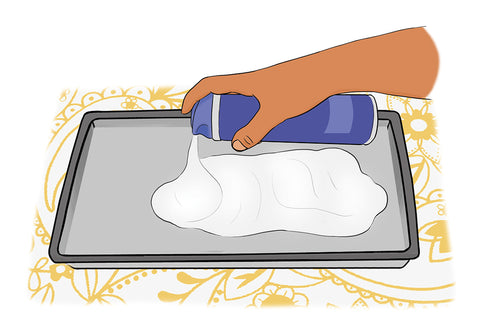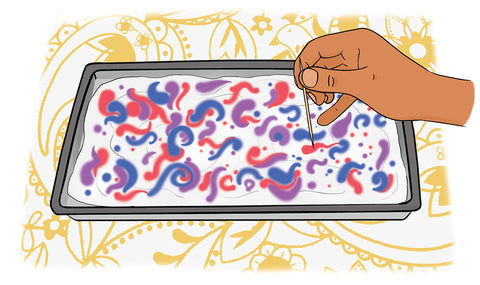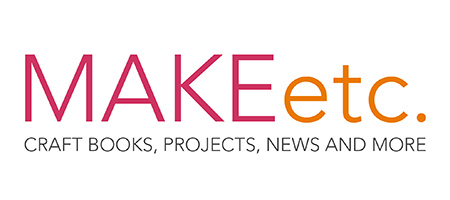Combining art, science and a whole lot of fun, kids will love creating colourful marbling effect pictures with this crafty science experiment.

What you need
- Piece of vinyl tablecloth (oilcloth) or sheet of thick plastic
- Shaving foam
- Baking pan
- Acrylic paint and/or food coloring
- Toothpick or wooden skewer
- Thick paper or cardstock
- Timer or clock
- Squeegee
1. Spread out the piece of vinyl tablecloth on your work surface. Squirt a thick layer of foam into the pan.

2. Dot drops of paint or food coloring onto the foam. Use two or three different colors.

3. Swirl the dots into patterns using the toothpick or skewer. Don’t mix them too much—you want the colors to stay separate.

4. Place a sheet of paper over the foam and press down lightly. Peel off the paper and lay it flat on the vinyl tablecloth. Let it rest for about 3 minutes (use a timer) for the color to soak into the paper.

5. Use the squeegee to scrape off all the foam onto the vinyl mat. Place the marbled paper somewhere flat while it dries.

6. Lift the vinyl tablecloth to the sink and wipe off the foam before starting again. Swirl your foam to make another pattern or add more color.
Inside the science
The two ends of soap molecules are very different. One end is hydrophilic, and likes to attach to water molecules, and the other end is hydrophobic, and moves away from water molecules. Food coloring and acrylic paints are both colored dyes mixed with water. The hydrophobic ends of the soap molecules in the shaving foam do not want to attach themselves to the watery paints. On the other hand, the molecules in paper are hydrophilic—that’s why paper absorbs water. So when you put the paper on the foam, the paint transfers easily to the paper, and spreads across it, creating patterns you didn’t see in the foam.
Let’s investigate
Do you get different effects from food coloring and acrylic paint? Is it best to flatten your foam or leave it in mounds and troughs?
For more fun science experiments for kids to try, check out Bubbles and Balloons by Susan Akass.
